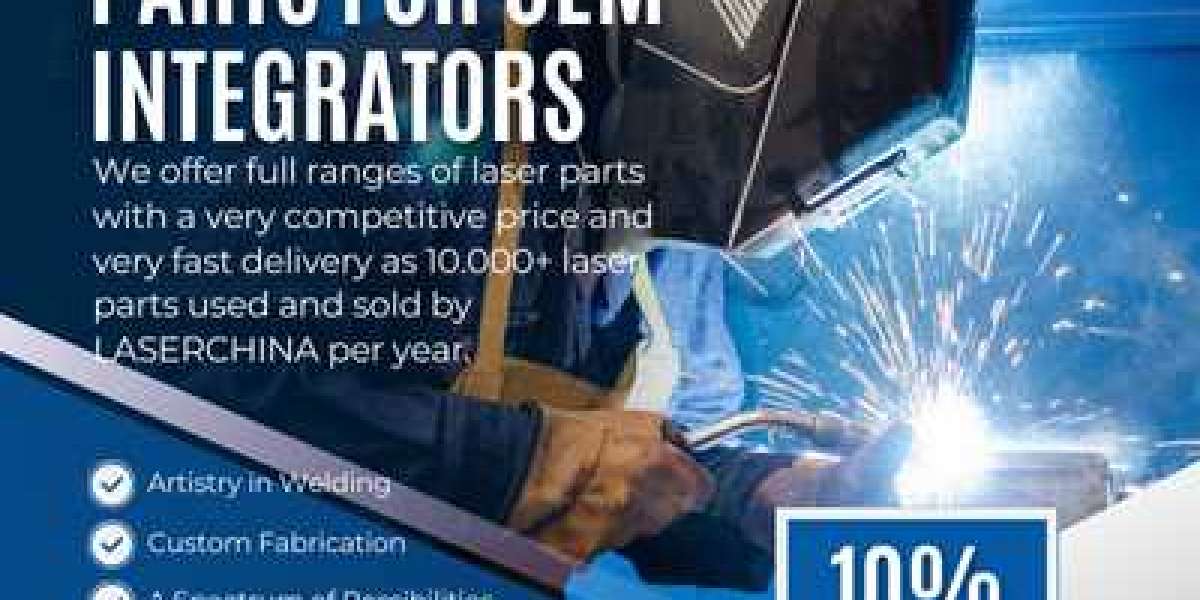Laser technology has emerged as a critical tool in modern industrial applications, driving efficiency, precision, and innovation. In China, a global manufacturing powerhouse, laser technology is reshaping traditional industries and propelling advanced sectors to new heights. Its wide-ranging applications across automotive, electronics, medical devices, and other fields highlight the transformative role of lasers in industrial development.
1. Enhanced Precision and Productivity
A core advantage of laser technology lies in its unparalleled precision. Lasers allow manufacturers to perform intricate operations such as cutting, welding, and engraving with minimal error margins. This capability is crucial for industries requiring high levels of accuracy, such as electronics and aerospace. In China, laser-guided processes have helped improve productivity while reducing material waste. The ability to automate laser-based operations further enhances efficiency, allowing factories to meet the demands of mass production without compromising quality.
2. Applications in Automotive Manufacturing
The automotive industry in China, the world’s largest, heavily relies on laser technology for various processes. Laser welding is widely used to join car body components, providing stronger bonds and reducing the weight of vehicles. Additionally, laser cutting ensures precise shaping of parts like gears and panels. These improvements enhance vehicle performance and safety while supporting the production of electric vehicles (EVs), a rapidly growing segment in China.
3. Revolutionizing Electronics Production
China's dominance in electronics manufacturing is well-documented, and laser technology plays a pivotal role in maintaining this position. Lasers are integral in producing semiconductors, circuit boards, and microprocessors, enabling miniaturization and high-performance devices. Laser micromachining, for example, ensures detailed and precise production of tiny components essential for smartphones, laptops, and other consumer electronics. This level of precision is instrumental in keeping China at the forefront of global technology trends.
4. Advancing Medical Device Manufacturing
The medical industry in China has also benefited significantly from laser technology. Lasers are used to manufacture intricate surgical instruments, implantable devices, and diagnostic equipment. Their ability to create clean cuts and smooth surfaces is vital for ensuring the safety and reliability of medical devices. Moreover, laser marking is employed to etch permanent, high-contrast markings on devices for traceability, enhancing regulatory compliance and safety standards.
5. Transforming the Textile and Consumer Goods Sectors
In the textile industry, lasers enable precise fabric cutting and patterning, revolutionizing garment production. Similarly, in consumer goods, lasers are used for engraving and marking, creating detailed designs and logos on products ranging from jewelry to household appliances. These applications enhance product customization, a growing consumer demand in China.
6. Environmental Benefits and Sustainability
Laser technology supports sustainability by reducing waste and energy consumption. Traditional methods often generate excessive waste materials and require substantial energy input. In contrast, lasers operate with high efficiency, producing minimal waste and aligning with China’s commitment to green manufacturing.
Conclusion
Laser technology is a driving force behind China’s industrial innovation, offering unparalleled precision, speed, and versatility. Its applications span diverse sectors, enabling manufacturers to meet global standards and market demands. As China continues to embrace technological advancements, laser technology will remain a cornerstone of its industrial progress, fostering growth, sustainability, and innovation.
 Meet Ups
Meet Ups
 Experiences
Experiences
 Learning Center
Learning Center
 Accommodation
Accommodation
 Roomie
Roomie
 Ride
Ride
 Spread the Word
Spread the Word
 Student Bazaar
Student Bazaar
 Jobs
Jobs
 Blogs
Blogs
 About StudentInsta
About StudentInsta

